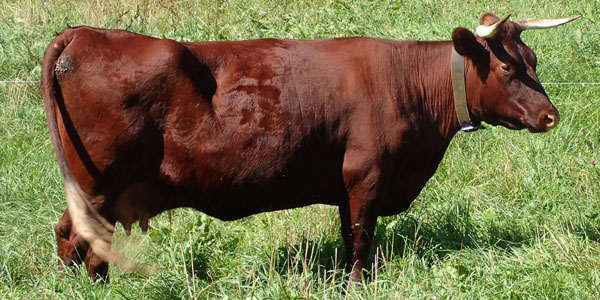
How To Dry Up A Doe Goat
Taken from the informative pages of The Whole Goat Handbook, here’s a short piece on how, and why, to dry up a milk goat.
“You are probably thinking why would I want to dry up a doe? If the plan is to rebreed the doe, then she will need time to rebuild her stamina. Milk production takes energy. Kid production takes energy, too.
Most goats will start to slack off in their milk supply after about 10 months. There are exceptions to this rule, but we will go with the usual chain of events. If the doe is to kid annually, then we would breed her in July or August, when she first cycles into heat for an anticipated kidding date of February or March. The gestation cycle is about 5 months. We continue to milk the doe for the first 3 months of her pregnancy. The last 2 months she should be dry so her energy goes to the unborn kid, not to the milk supply.
If the plan is to have a fresh goat in March, then toward the end of October start to dry her up. The first thing to do is cut back on her grain. Grain fuels milk production. Reducing her grain is the most difficult part of this process. She will be expecting grain when she jumps onto her stanchion. Just give her a small amount to keep her in her routine.
Along with the reduction in grain, milk her out a little less each day. The milk supply is based on supply and demand. If you milk out all the milk, the doe will simply produce enough to refill the demand. So by leaving some milk in the udder, the milk supply will start to naturally lessen. Her udder will become taut, and she won’t be too happy during this process. Milk her out to the point she seems comfortable, then stop. Continue to do this for about two weeks. You will notice a decrease in the amount of milk each day.
After following this routine for the two-week period, then milk the doe out only once a day for another week. The next week, milk her out every other day if needed. By this time, nature should have taken its course and her udder will be nearly empty of milk and she will no longer produce milk until her next kids are born.”




